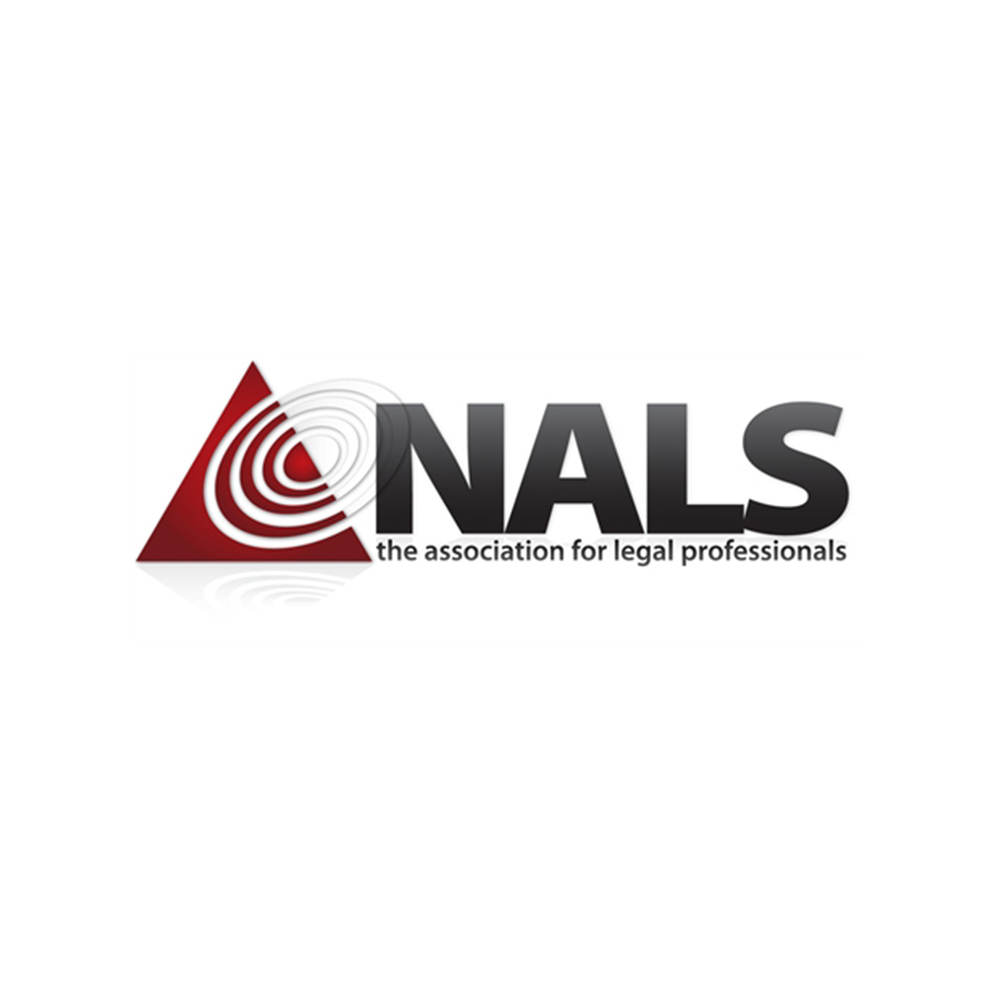How to Lead Your Team through Uncertainty
We’ve all been through a lot these last few years, and the stress is adding up. According to Gartner, 45% of HR executives say their employees are fatigued from all the change they’ve experienced.
As leaders, we continue to face a key test of leadership: How to lead our people to realize optimism while guarding against the negative effects caused by uncertainty.
That uncertainty is never going away. The question for 2023 is, will you LEAD through uncertainty, or will you REACT to it?
Long-term vision and preparedness help strong leaders steer through chaotic waters and create a sense of certainty. On the other hand, poor leaders allow their organizations to drift with the currents– reacting to day-to-day issues and seeing chaos where others see opportunity.
Shift to Proactive Leadership with the Assumptions Coaching Technique
How do you do this practically?
To improve your ability to shift from a reactive mentality to a proactive one, coach your team to better identify, assess, and plan for assumptions.
- Identify your top 5 assumptions for the next 12 months. These are key assumptions that could affect your company, your department, or your team positively or negatively. Think in terms of “what keeps you up at night.” They will likely be related to your 2023 goals and objectives, or how your team operates. Some examples could be “increase sales by x% over last year;” “close a new deal with client x,” “hire a person to do x,” or “incur no loss of team members.”
- Take each assumption and determine how you can validate or verify it. This may require a decision or action by a team member, someone above you, a client, and/or yourself. Most assumptions can be validated through a phone call or email to a decision maker. However, some may not be verifiable until after an event or date passes, because you cannot control the assumption–such as weather or an external market change.
- For those that may be verified, write down the actions required to validate or verify them. Assign dates and people to complete those actions. Then discuss their status in your staff or team meetings. This keeps them in front of your team and demonstrates that they are 1) important and 2) should be validated. As you complete the validation (or closing) of an assumption, re-ask yourself the question, “What is another key assumption?” This process will shift your team’s focus to identify, assess, and validate key assumptions. It will shift them from reacting to issues that could have been prevented.
- For those assumptions that cannot be controlled or verified until after an event or date, they become key risks–potential problems that have not yet occurred. Have your team identify ways to minimize their impact should they become realized and prepare plans to respond to them. This does not mean you can prevent them from impacting your company. But having a plan to deal with an issue often improves how quickly and disciplined your responsiveness will be.

Known Knowns PowerPlay™: Quickly Identify & Manage Your Assumptions
Don’t become a victim of assumptions—use this quick and simple technique to identify and manage assumptions. With the Known Knowns technique, you can coach your team to see, rate, and resolve assumptions while managing the rest as risks. It will shift team members out of daily fire-fighting into a more proactive, disciplined team. Watch the Known Knowns video and download the reference guide here.
Transform Disruption into Opportunity
Do you need help navigating through disruption? Contact us to learn about Bill’s keynote speaking, executive coaching, and facilitation services.























